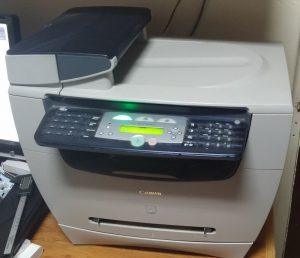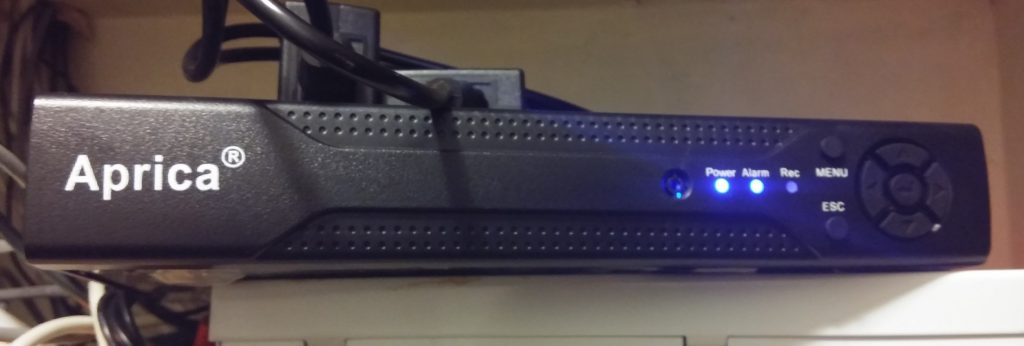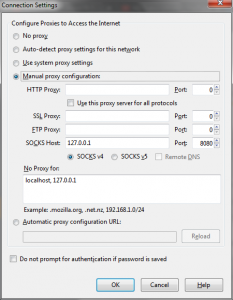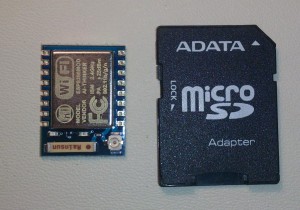I keep recommending these two podcasts to people so I thought I would put together a short list of the episodes I found most interesting lately.
Embedded.fm is a podcast dedicated to the many aspects of engineering. They talk about the how, why, and what of engineering, usually devices.
Some of my favourite episodes.
http://embedded.fm/episodes/190 – Interview Matt Godbolt about his awesome Compiler Explorer.
http://embedded.fm/episodes/140 – Interview with Andrew “Bunnie” Huang famous for his Hacking the Xbox book and his Novena open source laptop among other things.
http://embedded.fm/episodes/162 – Interview with Alan Yates from Valve, tons of info on the HTC Vive hardware, lighthouse and how it all works.
http://embedded.fm/episodes/205 – Interview with Addie and Whisker from the Toymakers about badge making, hardware hacking and other stuff.
http://embedded.fm/episodes/193 – Interview with Owen Anderson talking about clang and LLVM
The Amp Hour – Is an Electronics focused podcast done by Chris Gammell and Dave Jones (of EEVBlog fame).
#318 – Impedance Matching with Michael Ossmann and Dmitry Nedospasov

 I traded my Samsung SCX4200 for my parents old Canon LaserBase MF5650 as its not supported under Windows 7/10 and the Samsung is still supported.
I traded my Samsung SCX4200 for my parents old Canon LaserBase MF5650 as its not supported under Windows 7/10 and the Samsung is still supported. Quick initial notes on hacking the “Aprica” CCTV 8 Channel DVR as sold in kit form on Takealot in South Africa. (Was on special at one point for R 2650 but now no longer sold)
Quick initial notes on hacking the “Aprica” CCTV 8 Channel DVR as sold in kit form on Takealot in South Africa. (Was on special at one point for R 2650 but now no longer sold)  Now open your browser (I like using Firefox for this as the proxy settings are separate from the system ones in Windows) and set your socks host to 127.0.0.1 and the port to 8080.
Now open your browser (I like using Firefox for this as the proxy settings are separate from the system ones in Windows) and set your socks host to 127.0.0.1 and the port to 8080.
 I was a backer of the original
I was a backer of the original 